Villagers fighting to save a church thought to be the oldest in Scotland have been thrown a possible lifeline ahead of its 900th anniversary.
St Fillan’s Parish Church in Aberdour in Fife, which dates back to 1123, could close as part of a controversial downsizing exercise by the Church of Scotland.
The plan aims to ease the crippling rising running costs of the Kirk’s vast property portfolio at a time when it is battling dwindling income and falling congregations.
Kirk number crunchers came up with a formula to identify buildings that could be sold off in a bid to reduce its holdings and generate a multi-million-pound bailout.
People in Aberdour were shocked after the “miniature cathedral” dubbed “one of the finest examples of Norman architecture in Scotland” was included on a list of 51 properties in Fife alone to be “sold, let or otherwise disposed of”.
They claim it is a victim of a flawed algorithm biased towards modern buildings at the expense of historical treasures that form the bedrock of their communities.
‘Cultural vandalism’
Public meetings were held and more than 150 letters of objection were submitted to Fife Presbytery in opposition to the plan, dubbed “an act of cultural vandalism”.
Now, the campaigners have been given fresh hope after Fife Presbytery set up a Historic Churches Working Group tasked with looking again at the long-term viability of kirks such as St Fillan’s and the 13th Century Culross Abbey, which is also under threat.
The Working Group, headed by St Andrews University chaplain Dr Donald MacEwan, will report its findings back to Fife Presbytery, which has the power to reverse the previous designation in agreement with the National Church.
Dr MacEwan attended a presentation by villagers, who underlined the church’s integral role in the community as a place of worship, a “sanctuary” for pilgrims and visitors and a key hub for education, history, art exhibitions and concerts.
Fife Presbytery realised the error of this plan and are therefore reassessing these much-loved buildings.”
Willie Crowe, property convener for St Fillan’s
Willie Crowe, property convener for St Fillan’s and a fifth-generation member of the congregation, said: “The Working Group has had to be formed to try and correct the clumsy algorithm which was set up by the Church of Scotland to assess the viability of churches moving forward.
“To try and develop, with congregations, the long-term viability of these churches as assets for mission.
“The algorithm gave good scores to modern multifunctional spaces with accessible toilets, kitchens, and easy access into and within the churches.
“This doomed the majority of Grade A-listed historic buildings within Fife.
“Fife Presbytery realised the error of this plan and are therefore reassessing these much-loved buildings.
“The working group intends to visit all the Grade A-listed churches and try to develop, with the congregations, a viable plan to try and preserve the historic impact these buildings have.”
Mr Crowe added: “The working group is going to take the next 12 months to carry out this detailed exercise, which has been well received by the endangered churches.”
‘A lot of history to lose’
Under the existing closure plan, the congregation would move to a nearby village hall.
However, they are determined they won’t be kicked out of their church “for a second time” – 232 years after the Countess of Morton decided she didn’t want them worshipping so close to her home at Aberdour House in 1790.
Then, another kirk was built nearby – now used as the church hall – although the congregation returned to its historic home after it was restored as the parish church in 1926.
Message from Fife provost on St Fillan’s Church plan
Mr Crowe said: “Next year St Fillan’s Church will be celebrating its 900th anniversary.
“We want to continue worshipping in this unique church and will not be forced, once again, to move our worship from our current setting to the church hall.”
A Church of Scotland spokesman said change was necessary in order to “deliver sustainable and realistic new expressions of ministry and church and ensure all buildings are suitable for 21st Century mission needs”.
He added, however: “The Historic Churches Working Group has visited five of the seven A-listed (by HES) churches designated in the Presbytery Mission Plan and plans to report to Presbytery at the June meeting.
“It is possible that a designation could be changed and a stay of closure granted, but the final decision would be with Fife Presbytery and/or the National Church.”
Jim Leishman, Provost of Fife, said: “Nine hundred years is a lot of history to lose.
“I wish the congregation of St Fillan’s all the best in their mission.”
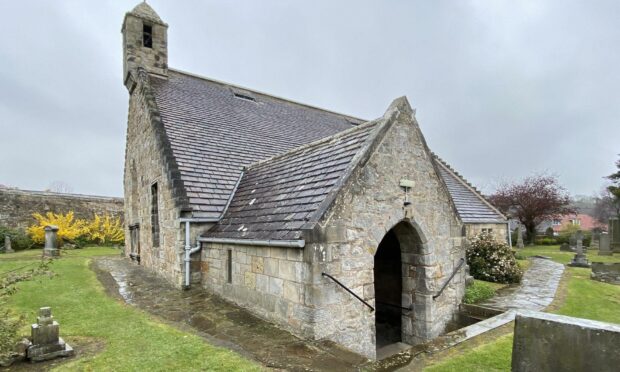

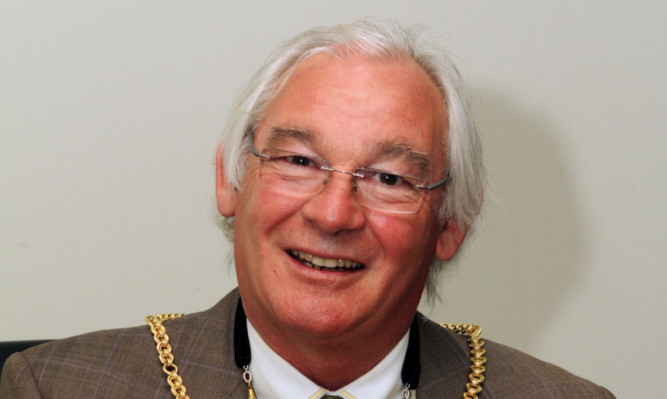

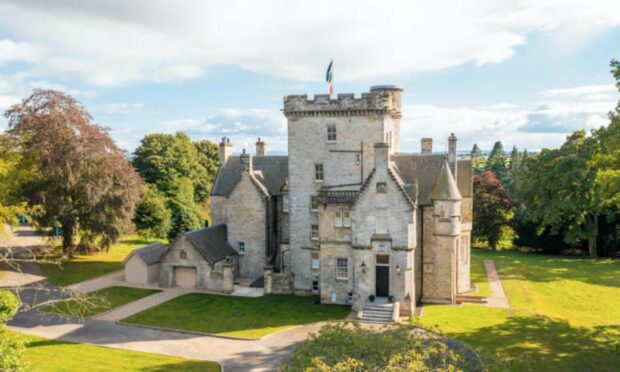
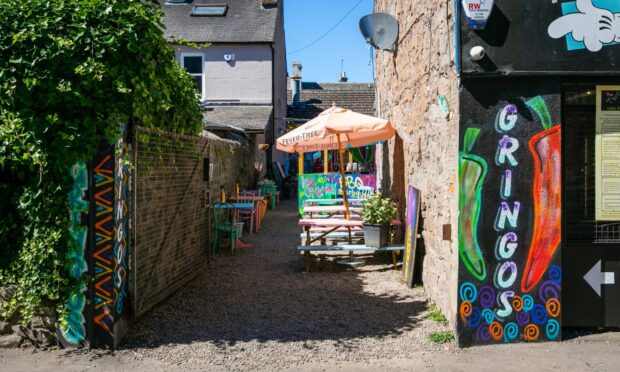
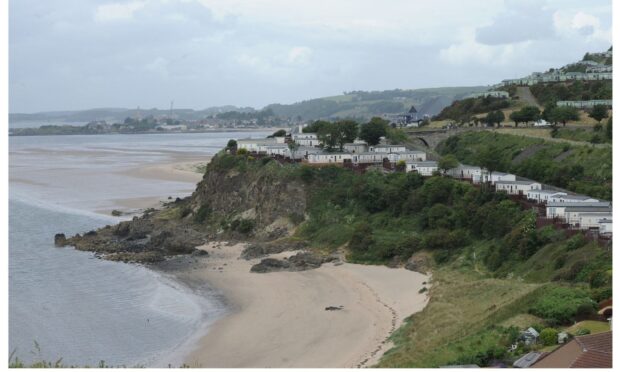
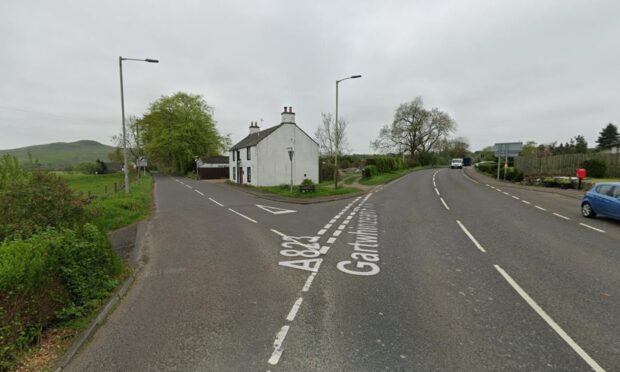



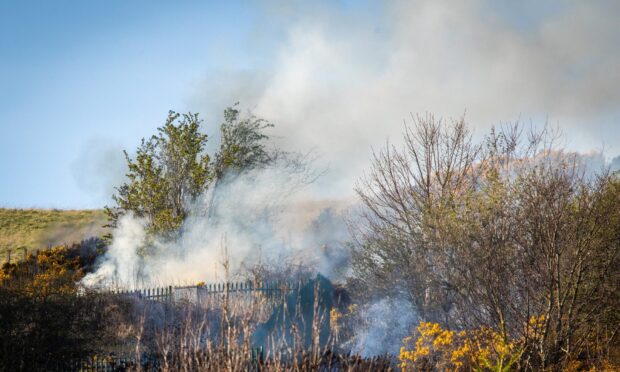

Conversation